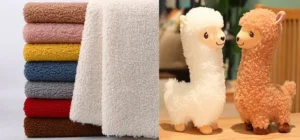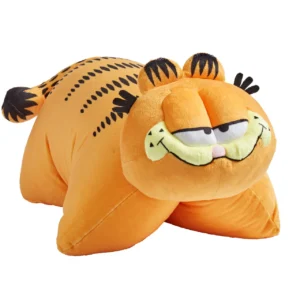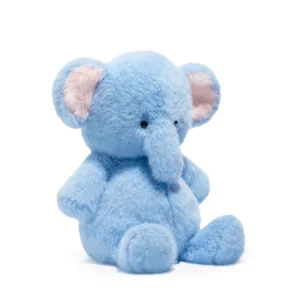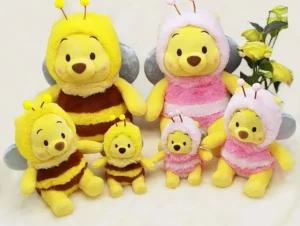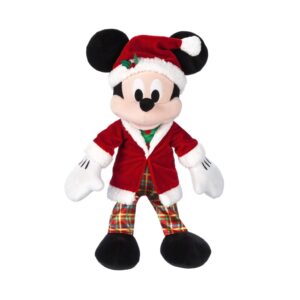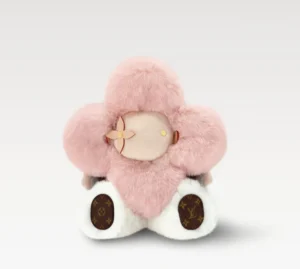Choosing the right fabric is essential to creating high-quality plushies. The fabric determines softness, durability, safety, and even customization potential, making it the foundation of every plush toy.
Common plushie fabrics include minky, velboa, fleece, and microfiber. Each has unique properties that affect the feel, strength, and appearance of the final product. Regulatory standards and sustainability trends also shape fabric choices today.
Let’s dive into the most important fabric types and how they influence plushie quality and market appeal.
1.What are the most common fabric types used in plushie manufacturing?

In plushie production, popular fabrics include minky, velboa, fleece, and microfiber. Minky is highly favored for its silky softness, velboa offers durability with a short pile, fleece is warm and flexible, and microfiber provides a smooth texture.
These fabrics are chosen based on their tactile appeal, ease of manufacturing, and cost-effectiveness, forming the core materials for a wide range of plushie designs.
- Minky: Ultra-soft, plush fabric with a smooth feel, ideal for baby plushies.
- Velboa: Short, dense pile fabric with good durability, suitable for toys requiring sturdiness.
- Fleece: Warm, slightly stretchy fabric, often used for flexible plush designs.
- Microfiber: Fine synthetic fibers creating a soft surface, easy to print on.
| Fabric Type | Texture | Durability | Typical Use |
|---|---|---|---|
| Minky | Silky, smooth | Moderate | Baby toys, soft plushies |
| Velboa | Short pile, firm | High | Durable plush animals |
| Fleece | Soft, warm | Moderate | Flexible plush characters |
| Microfiber | Smooth, fine | Moderate | Printed plushies, soft toys |
Selecting the right fabric influences product performance and feel.
2.How do fabric properties affect the softness and durability of plushies?
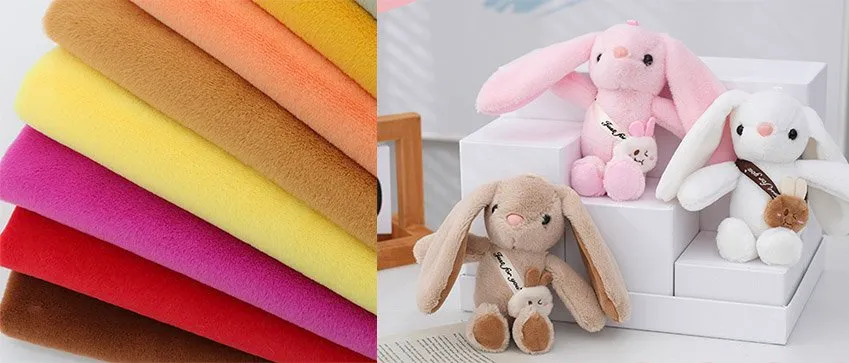
Softness is driven by fabric pile length, fiber type, and weave. Longer piles and finer fibers create a plusher feel, while denser weaves and synthetic blends enhance durability and resistance to wear.
Balancing softness with durability ensures plushies feel comforting yet withstand repeated handling, washing, and play.
- Pile Length: Longer piles increase plushness but can snag or flatten faster.
- Fiber Type: Polyester fibers are common, offering softness and durability.
- Weave Tightness: Tighter weaves resist stretching and damage.
- Blends: Combining fibers can optimize softness and strength.
| Property | Effect on Softness | Effect on Durability |
|---|---|---|
| Longer pile | Increases softness | May decrease durability |
| Polyester fiber | Soft and resilient | High durability |
| Tight weave | Moderate softness | High durability |
| Blended fabrics | Balanced softness/durability | Balanced strength |
Understanding these helps manufacturers meet quality expectations.
3.Which safety and regulatory standards influence fabric selection for plush toys?
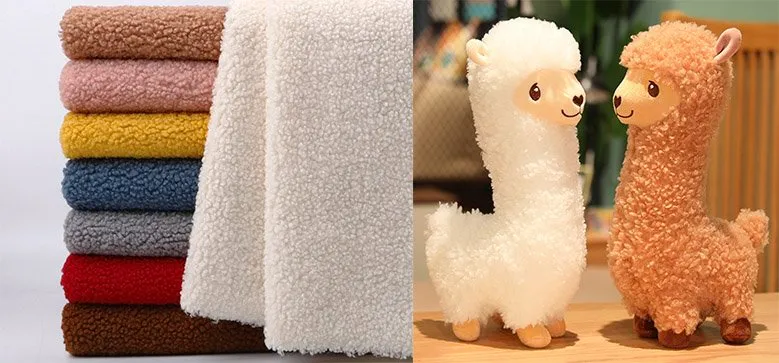
Fabrics used in plushies must comply with standards like ASTM F963, CPSIA, and EU’s REACH. These regulations restrict harmful chemicals, ensure flame retardancy, and mandate safe labeling.
Choosing certified, tested fabrics helps manufacturers guarantee safety, avoid recalls, and meet consumer expectations globally.
- Chemical Safety: No toxic dyes or heavy metals.
- Flammability: Fabrics must meet flame resistance standards.
- Durability: Materials should withstand wear without hazardous degradation.
- Labeling: Clear instructions for safe use and cleaning.
| Regulation | Key Requirements | Fabric Impact |
|---|---|---|
| ASTM F963 | Chemical & physical safety | Requires certified fabrics |
| CPSIA | Lead & phthalate limits | Restricts fabric treatments |
| REACH | Chemical registration | Promotes eco-friendly choices |
| Flammability tests | Safety in fire exposure | Limits fabric options |
Compliance ensures plushies are safe for children worldwide.
4.How do sustainable and eco-friendly fabrics impact the plushie market?
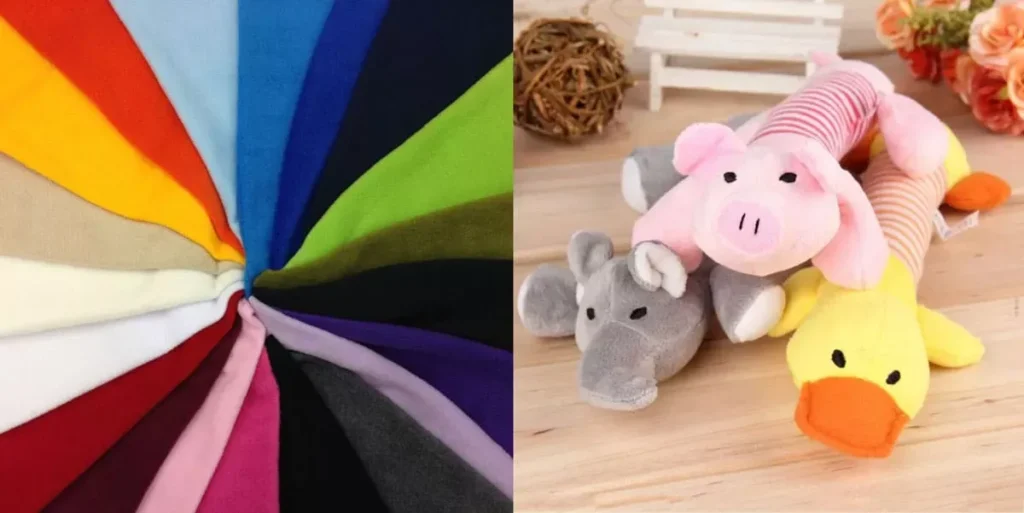
Increasingly, buyers and brands seek eco-friendly fabrics like organic cotton, recycled polyester, and bamboo blends. These options reduce environmental impact and appeal to conscious consumers.
Sustainability drives innovation in plush fabrics, balancing softness and safety with responsible sourcing and production methods.
- Organic fibers: Grown without pesticides, certified by GOTS.
- Recycled materials: Polyester from plastic bottles reduces waste.
- Natural dyes: Lower chemical use in fabric coloring.
- Certifications: OEKO-TEX and bluesign® verify eco standards.
| Sustainable Material | Benefits | Market Appeal |
|---|---|---|
| Organic cotton | Chemical-free, soft | Eco-conscious buyers |
| Recycled polyester | Waste reduction | Green manufacturing |
| Bamboo blends | Renewable, antibacterial | Innovative plushies |
| Certified fabrics | Verified safety and eco | Trusted by consumers |
Eco-friendly fabrics foster brand differentiation and customer loyalty.
5.What role do fabric blends play in enhancing plushie quality and performance?
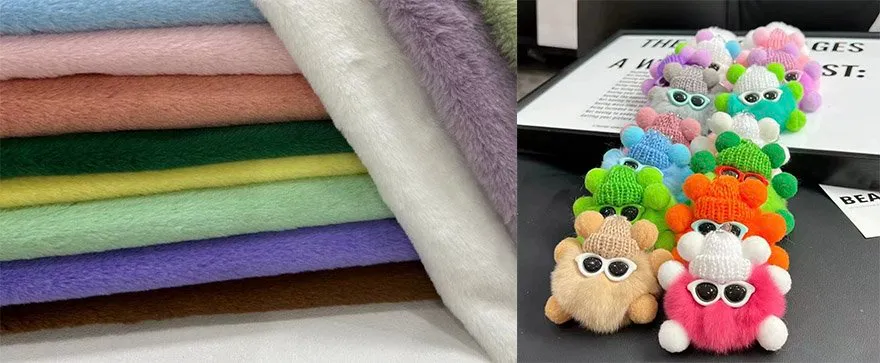
Blending fibers like cotton and polyester can enhance softness, durability, and printability. Blends allow manufacturers to tailor fabric characteristics to specific plushie designs and functions.
Blended fabrics often outperform single-fiber materials by balancing texture, strength, and production efficiency.
- Softness: Blends combine smoothness with resilience.
- Durability: Synthetic fibers add tear and stain resistance.
- Customization: Easier to dye and print on blended fabrics.
- Cost: Blends can reduce expenses without compromising quality.
| Blend Type | Softness | Durability | Application |
|---|---|---|---|
| Cotton/Polyester | Soft and breathable | High resistance | Everyday plushies |
| Polyester/Spandex | Stretchy, smooth | Moderate | Flexible designs |
| Rayon/Polyester | Silky, glossy | Durable | Luxury plushies |
Blends offer versatility for diverse plushie lines.
6.How does fabric choice affect customization options and printing methods on plushies?
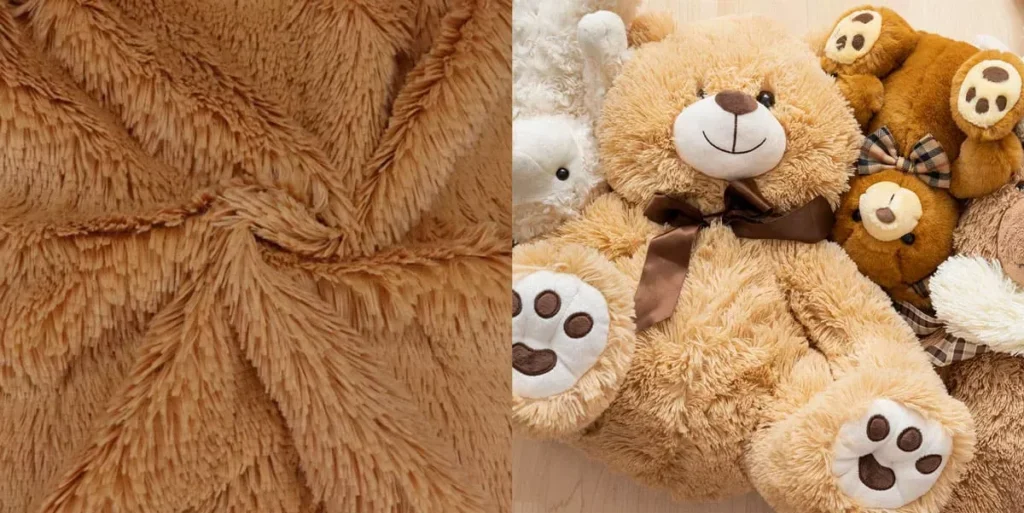
Fabric texture and composition influence the quality of printing and embroidery. Smooth fabrics like microfiber accept detailed prints better, while high-pile fabrics are better for embroidery and appliqué.
Understanding fabric-print compatibility is key for producing vibrant, durable customized plushies that meet client expectations.
- Printing: Digital and sublimation printing work best on flat, smooth surfaces.
- Embroidery: Requires stable, lower-pile fabrics for clean stitching.
- Appliqué: Fabric patches add texture but need firm bases.
- Dyeing: Some fabrics accept color better, affecting vibrancy.
| Customization Method | Ideal Fabric Type | Effectiveness |
|---|---|---|
| Digital printing | Microfiber, fleece | High detail reproduction |
| Embroidery | Velboa, low-pile minky | Clear, durable designs |
| Appliqué | Medium-pile fabrics | Adds depth and texture |
| Dye sublimation | Polyester blends | Vibrant, long-lasting |
Fabric choice drives the success of customized plush designs.
Conclusion
Selecting the right fabric shapes every aspect of plushie quality, safety, and appeal. Our expertise ensures plushies meet diverse needs with soft, durable, and eco-friendly materials.
For custom plush toy solutions, contact [email protected] or visit Kinwin Plush Toys.




